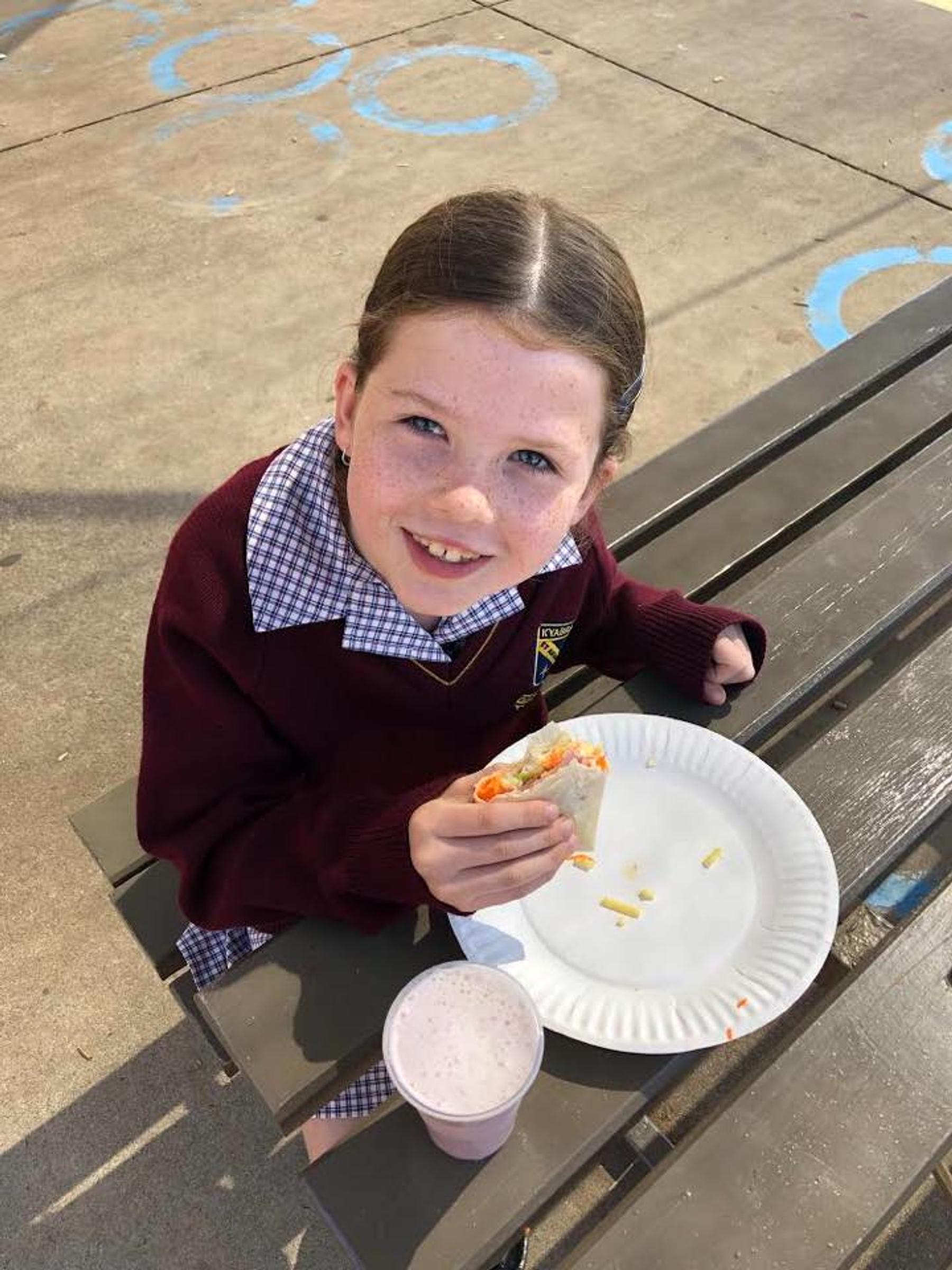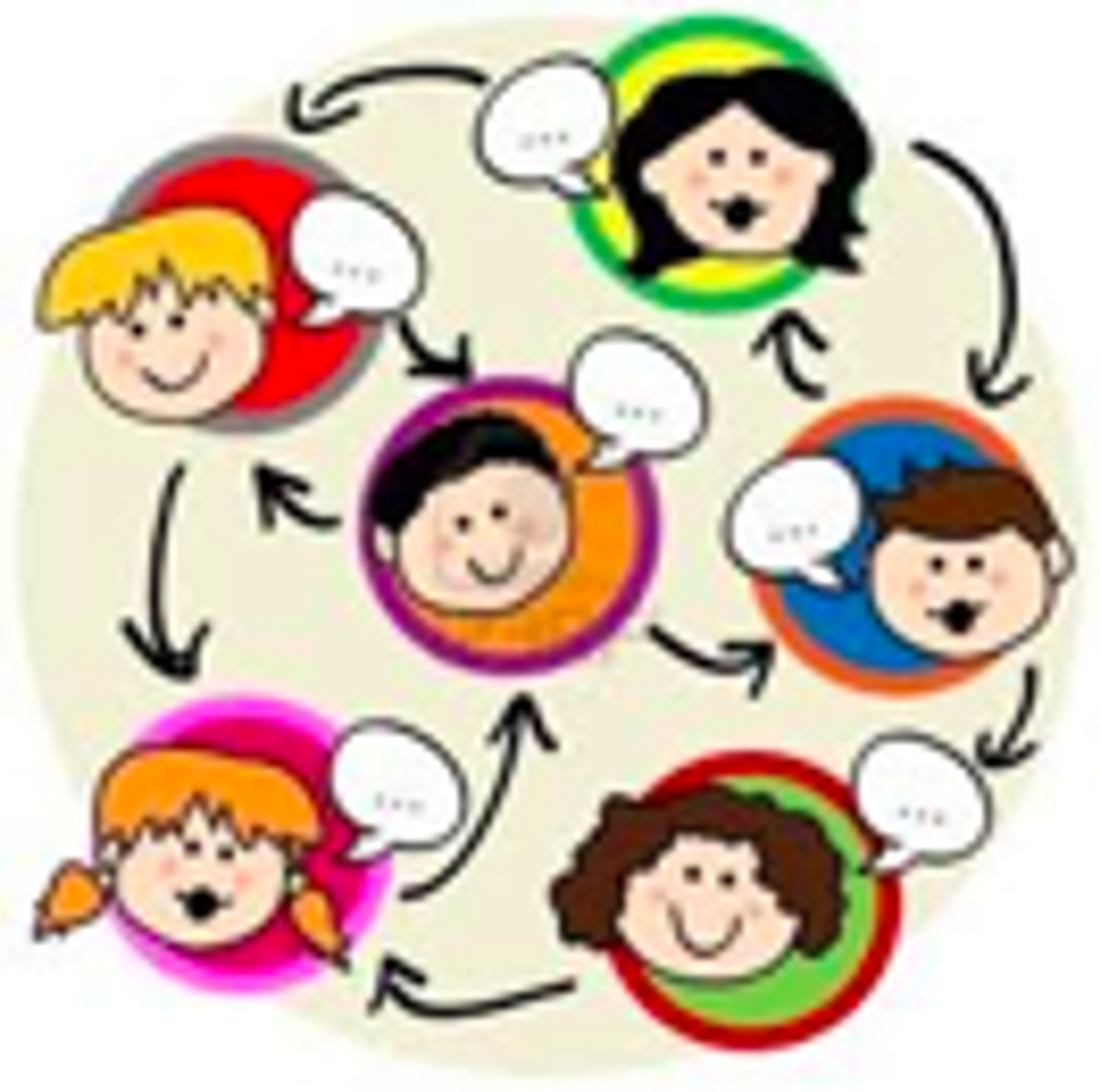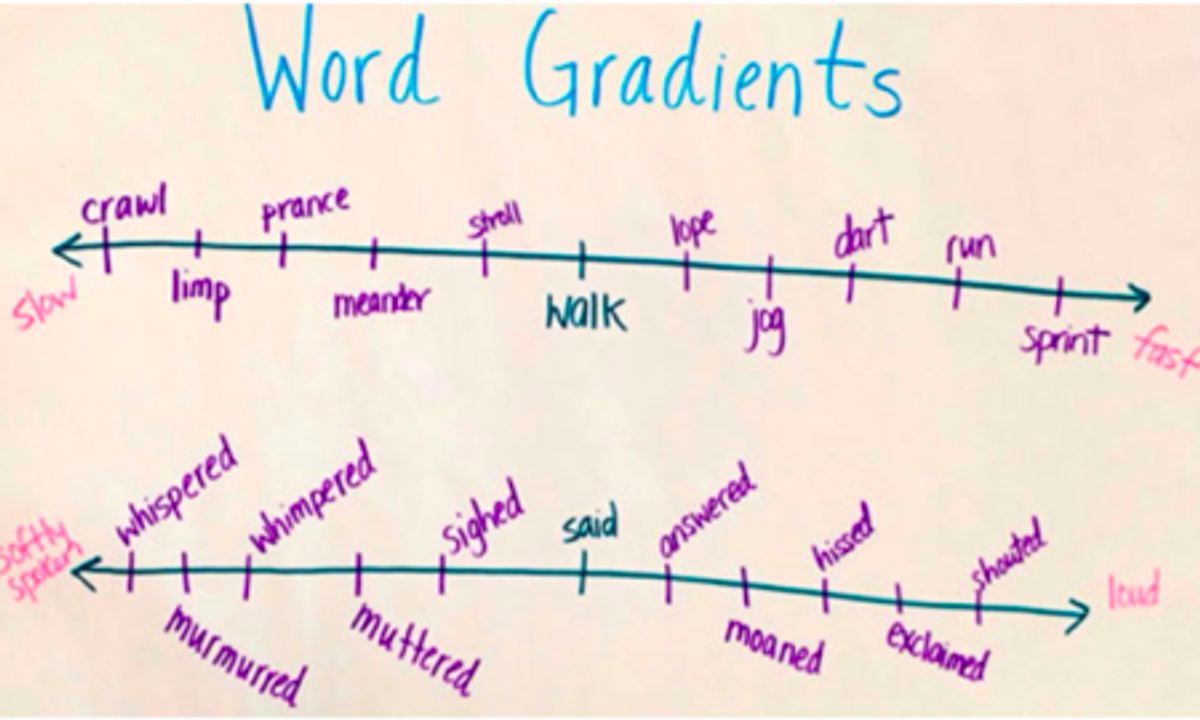F-4 Community News

P.I.E.S. Program
Our P.I.E.S. program stands for Partners in Effective Schooling and is developed for our Foundation students. This is an early intervention program, which involves parents in the education of their children, particularly in the early identification of any barriers to learning in areas such as fine motor skills, social skills, speech/language and auditory processing.
Parents are encouraged to let us know if there is anything they are aware of which may be a barrier to their child’s learning. Please feel free to call in to chat to the Foundation teachers, Mrs Michelle Maudsley, Mrs Bree Guerra or Miss Lauren Hall, or the P.I.E.S. coordinator, Mrs Leanne Reed, if you would like more information regarding this program or would like some other activities to promote particular skills.
We are extremely lucky to have this program running at our school from 19 March until 7 May, 2019. Each group runs for half an hour, one day a week. Even when this program concludes, it would be very beneficial to your child if you re- visit some of the activities at home.
WEEK 3
This week we are looking at hand preference and what activities encourage the use of our preferred hand.
Strategies:
- Once it is clear which hand your child prefers, encourage your child to consistently use this hand.
- Talk to your child about using one hand as a 'doing' hand (preferred hand) and the other hand as a 'helping hand'.
- Encourage your child to finish an activity with the hand they started with. Regular breaks may be required until your child builds up strength and skill to consistently use their preferred hand (refer to activities from previous two weeks).
Activities:
- Drawing, colouring, writing and cutting
- Pasting with a glue stick or brush
- Sharpening pencils
- Building with blocks or Lego
- Puzzles
- Threading with big and small beads or using lacing cards
- Cleaning teeth
- Brushing hair
- Using a fork and spoon when eating
- Using a knife to cut up food or butter bread
- Zipping up school bag or jumper
- Hammering with nails and wood
- Playing skittles
- Pushing toy cars around a car mat or making your own track with masking tape on the floor
Children's Chatter Matters
To best prepare our children for the language and learning demands of the school environment, they need ample time and opportunity to engage in meaningful interactions with their family.
Research suggests that the types of questions we ask and the quality of discussions we have with our children (at any age) are linked to school success. As children progress through the grades they must learn to use extended discourse in telling stories, giving explanations, reporting, expressing an opinion or writing an essay. Asking children “if, why and how” type questions allows them to deepen their thinking and prepare longer and more complex responses. It makes sense to build their confidence with extended discourse gradually, beginning with simple oral tasks.
Our school’s Speech Pathologist has provided many 'family friendly', fun oral language tasks aimed to enhance learning and literacy skills. You’ll find these in our fortnightly newsletters so look out for them!
We encourage you to set some time aside each week so that you can get the most out of your interactions with your child. In a busy household, sometimes the car is the best place for these focused activities. The key ingredients for a creative interaction are a time, a place, a willing talking partner or audience and an engaging topic or activity.
If your child is reading a particular book at home or in class, try to incorporate words or ideas from that text into your activity. For example; if you are building your child’s use of describing words, select a character from your child’s reader to describe. Encourage increasingly expensive words such as the beautiful, gorgeous, stunning and breath-taking princess.
Positive communication experiences at home help children feel accepted and valued. Growth in spoken language skills will build children’s self-confidence and help them learn to negotiate social interactions at school. This often transfers to other aspects of their learning and life.
Ten activities will be provided each term focusing on key areas of oral language supporting literacy, learning and socialising. Feel free to adjust these activities according to your child’s year level.
The following link is to the most comprehensive website available that provides parents with activities that are free, easily accessible and enjoyable. Each activity has been carefully selected to reflect the highest quality, up-to-date research evidence on early literacy development. There is also advice for parents who are concerned about their child’s reading and language development.
http://www.fivefromfive.org.au/parent-resources/
If you have any questions you can contact the Speech Pathologist through Selga Langley at school .
Good luck and most importantly, enjoy this very special time with your child.
Term 2: Vocabulary/Morphology activities
Activities to Build Vocabulary
Activity 1: Find the Synonym or Antonym
If your child has a set of spelling or tricky reading words they are working on this week, you can play games to build the words’ meaning. Decide whether the object of the game is to name antonyms or synonyms for the words. Once that is established, one player selects a word. See if you can name at least two different words that have the same or different meaning. For example: humid – muggy. Close, steamy, oppressive, stuffy. Discuss tricky word meanings and try to put them into meaningful sentences. You could use pen and paper, and ask each player to write their words down.
Activity 2: Word Gradients
Word meaning gradients are a way to broaden and deepen students' understanding of related words. The idea is to consider a continuum of words by order of degree. Start by selecting a pair of polar opposite words and generate at least five synonyms for each of the opposite words. For example, hot and cold which may include boiling, scorching, blistering, tepid, lukewarm, cool, chilly and freezing. Ask your child to arrange the words in a way that makes a bridge from one opposite word to the other. Continuums can be done horizontal or vertical, in a ladder-like fashion. Discuss the reasons why they placed certain words in certain locations. Encourage a conversation about the subtle differences among the words.



